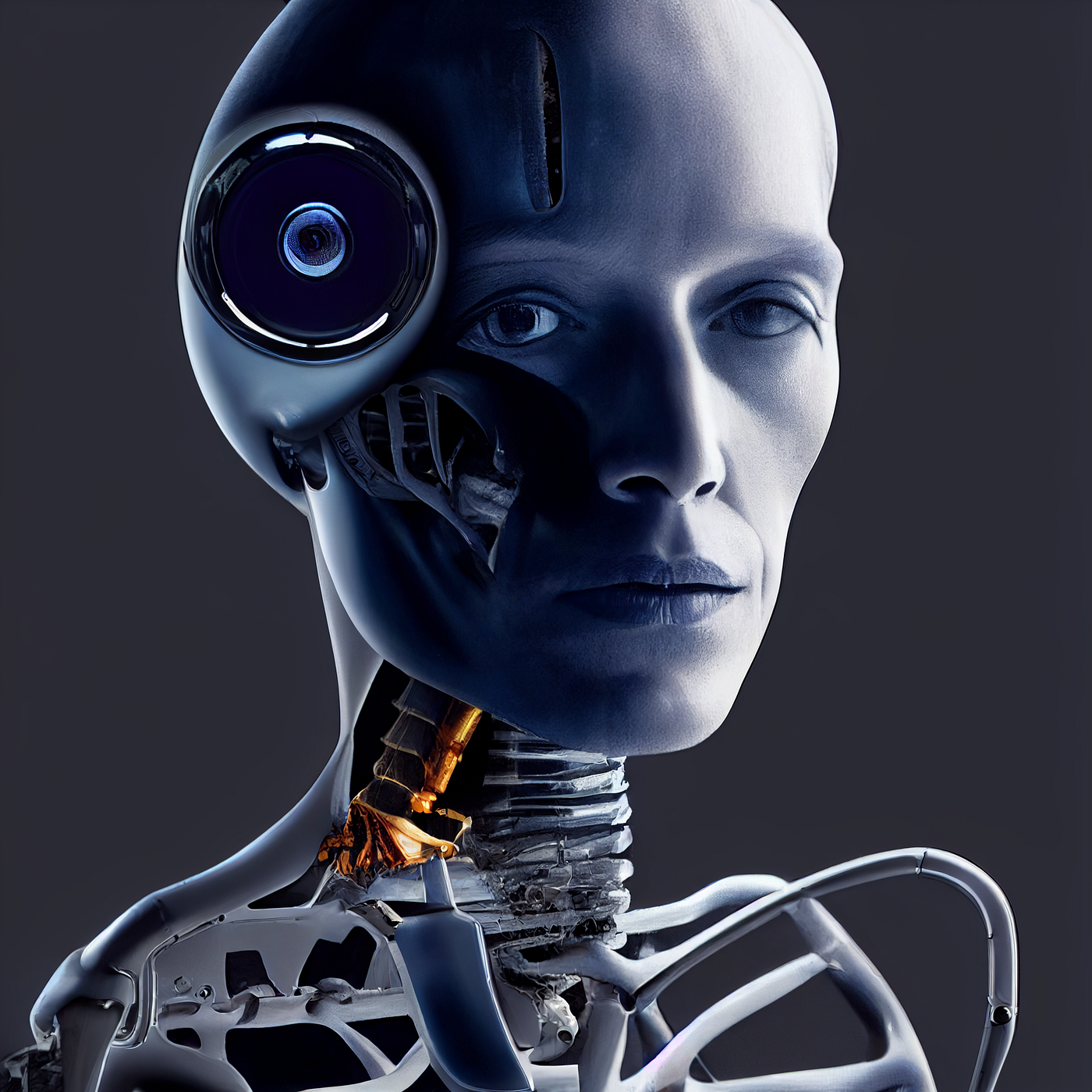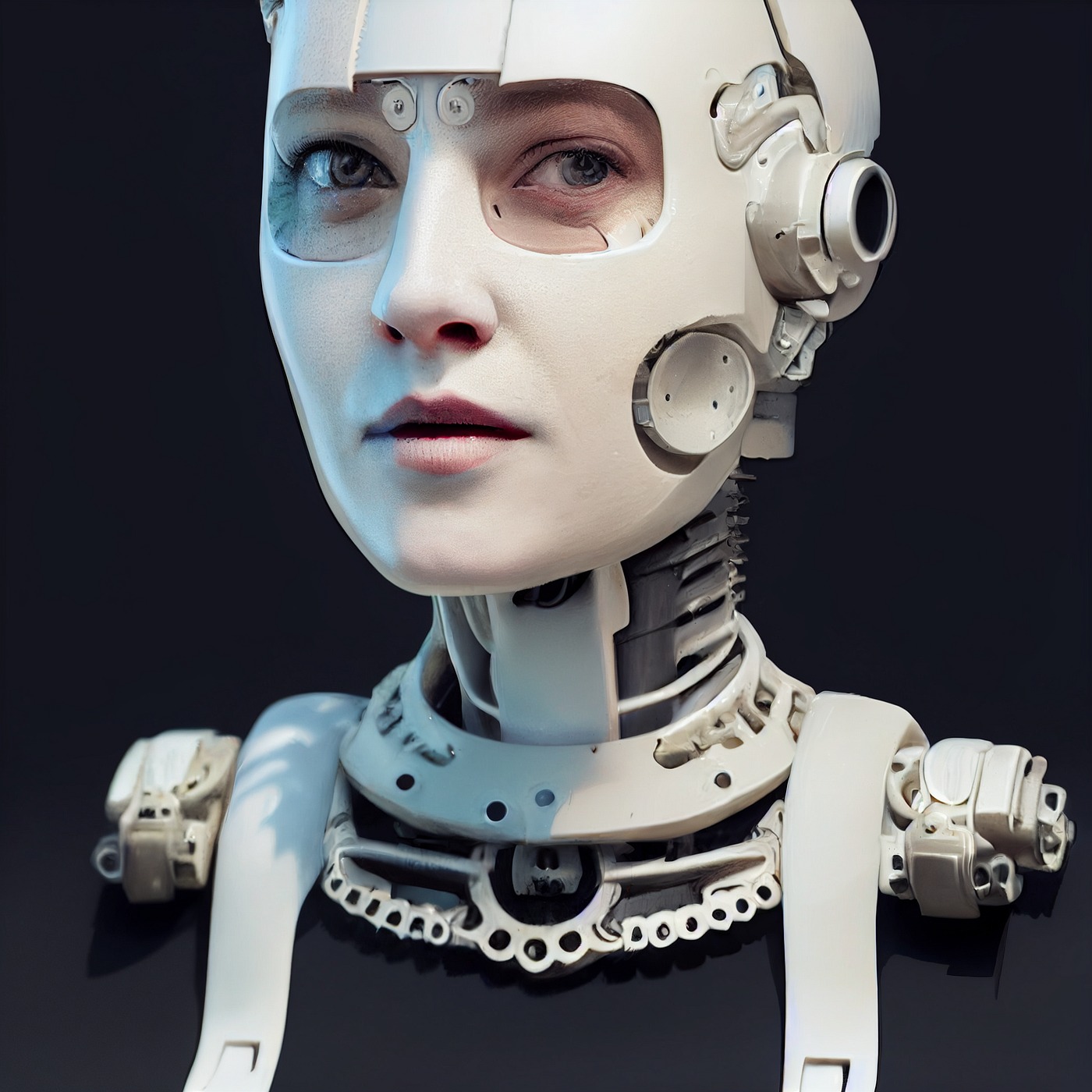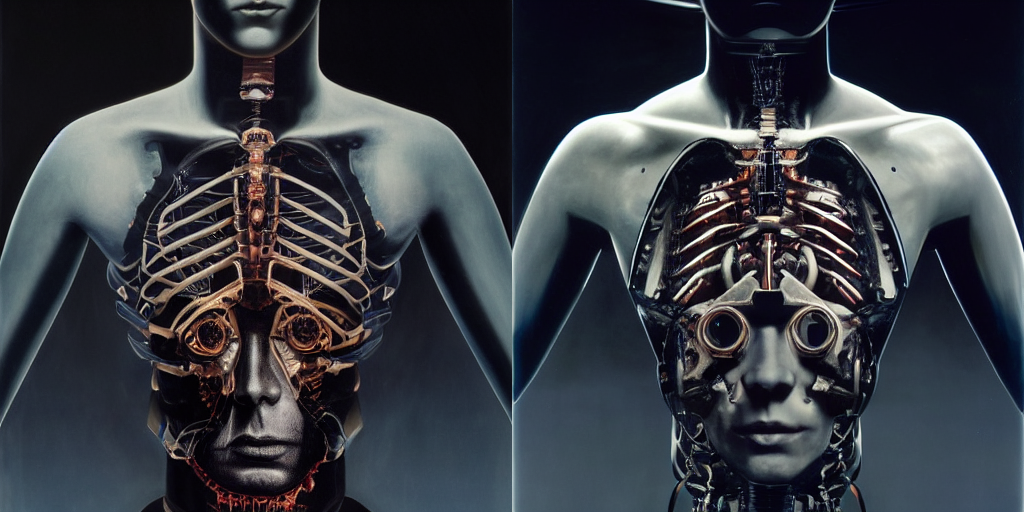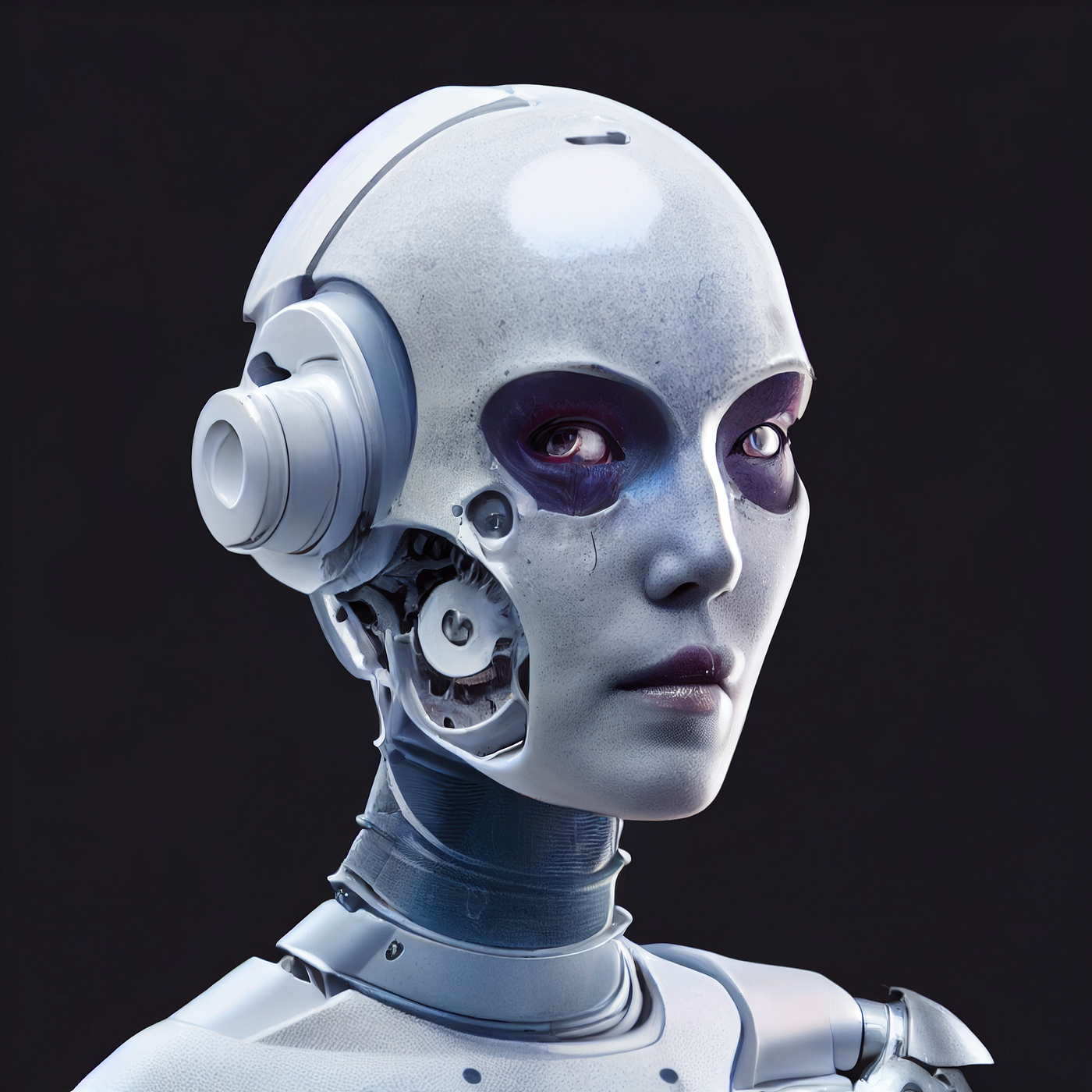To what extent do we feel compelled to give them a “human” appearance?

These solutions are unimaginable until you see them.
I am not going to decompose zero-shot and few-shot learning procedures. I will not give you a simple illustration of deep learning or machine learning theory. I do not have a perspective on some pro or con.
Why do designs these matter — wait, did I just classify them as design?
They may one day travel to the moon and walk across the surface. They may travel underground to extract minerals.
What if they converse with you to understand your needs?
Will they work with you to wheel you around at a nursing home?
Perhaps in the future they will be the ones who make medical diagnoses for us at clinics and hospitals. Perhaps they will be your packages’ delivery drivers.
There is the universe of possibilities, such as the judgments they make about you and us — why not?
Instead of vertically stacking images next to each other to show comparisons (except for in one case, which you will see below), I upscaled each one and blew them up to larger sizes. It is important that you see them in full size if you choose to enlarge them for viewing.
As you are scrolling through these images, kindly consider ethics, laws, international governances, at a minimum. As you read my prompts, some of these topic areas will make sense (because I have posed related questions below).
Without further ado, here are your list of available choices — get ready for many, quite a few, images.
How will race play a role?

Should there be an option to change the physical tone coloration? Yellow yesterday. Green today. Blue, for tomorrow.

Do we want them to actually look like a human being: if yes, how will developers reason with and justify a specific gender, a specific race, a specific body type? Also, how far are we going to stretch the realm of human-like appearances?

In case you are asking, you are correct: this person does not exist in real life.
Let’s not forget we can add and increase age as well.

Same as the one above, in case you are asking: this person does not exist in real life.
If we give them eyes, where do we place them?

Perhaps no eyes?

What shall we do with those eyes?

How about two eyes and a third optic sensor?

Another example of this approach with a three-eye set up.

Do we wrap a skeletal structure around an upper-body system?

Should we make its neck look human-like?

Should it appear as though it exhibits emotion?

The head — does it need one?

How about multiple heads: where do we place that head!?

What purpose will ears serve if we build them in? One, two, or multiple ears?

Or, no ears and simply expose the area.

No ears, but maybe an outsized skull shape for more build options.

We could push the “ears” down and totally rethink the skull design.

Let us not forget about the nose.

No nose then?

The nose really makes a difference, does it not?

We can give it a nose, ears, a skull, a place for two eyes, but not fill in the eyes with real ones.

The eye coloration is going to be a tricky one. Perhaps, with the press of a “button,” you can change it.

What if someone wants it to appear “cute”: what does that even mean?

Should it be able to show feelings?

If we want them to appear human-like as far as their face goes, should there be official, legally defensible, requirements in ensuring anyone can differentiate one from a human? For the one below, I wanted to build in lines while making it human-like in appearance.

And also this one: see the skull area where I added a separate section.

Revised the skull area again.

Most likely, full bodies would be purchased with heads that can detach and reattach. Different intelligences may be built into each skull for their implementation use cases.


Sometimes, the torso may be required along with the skull because of the complexity built into the entire upper body frame. I can see options for designs that support a full technology ecosystem and sold separately from torso and up.

Torsos separate and can be swapped out.

What will be the purpose for legs?

Will “celebrities” join the design architecture and build their own renderings? Imagine Sylvester Stallone hanging around your house. How about bringing back Elvis Presley?


Now, with the help of AI, we can do things that have never been done before. I envision the introduction of physical AI to be as sudden and unexpected as the introduction of any of the dozens of AI text-to-art solutions like Midjourney and Stable Diffusion.
Certainly, we will be informed of their roles and responsibilities, and we will have to figure out how to collaborate with them as we go.
People are not just using these tools to pass time like sketching out the next generation of BMWs and Teslas. They are creating personal spaces, like gardens and driveways for their homes. One person even imported their own photograph of their property and added a third-floor rendering without hiring an architect.
It took me roughly 50 hours to create the images you see above. Imagine how much time and labor would have been needed if we didn’t have modern AI tools available.
It’s possible that right now, you have no idea why or how you’d benefit from artificial intelligence capabilities. At the very least, give it some thought and try to pick them up in the meantime. When you engage with Midjourney (in my instance, for example, as shown above) and build your own prompts, what happens? Just how do you communicate with these tools? You can now play around with these tools, make your own visualizations, and take it from there.
If you have any recommendations for this post or suggestions for broadening the subject, I would appreciate hearing from you. Simply, drop me a private message in this post.
Also, here is my newsletter; I hope you will kindly consider subscribing.
References
- Anil Tilbe created these with the help of Midjourney.